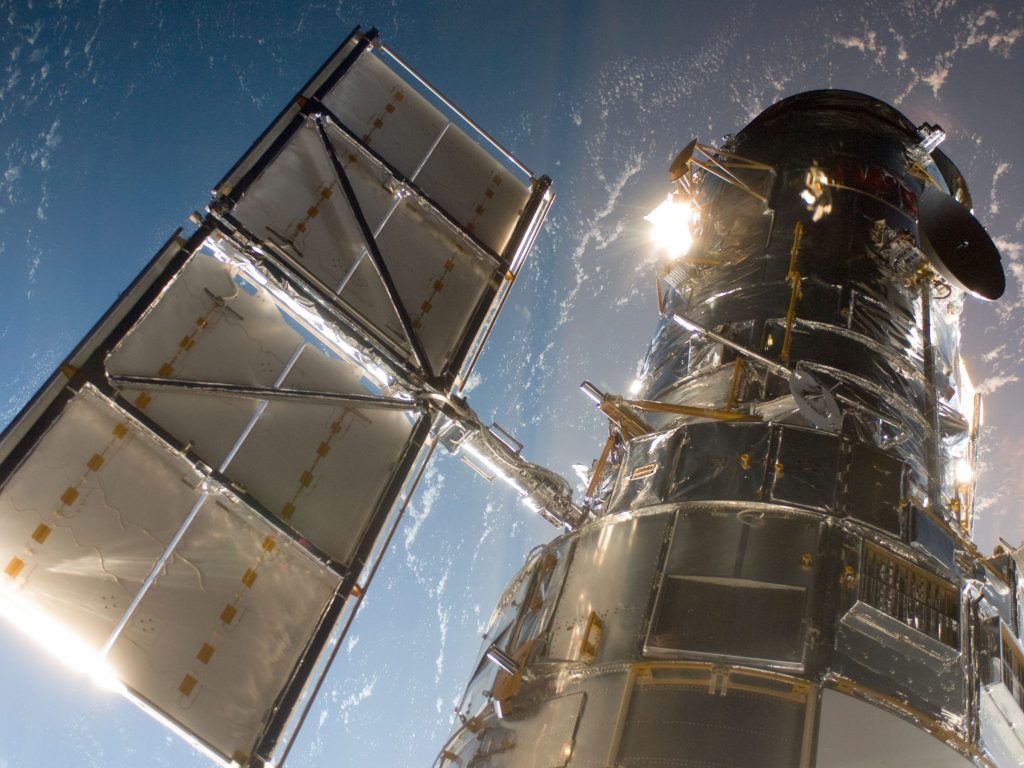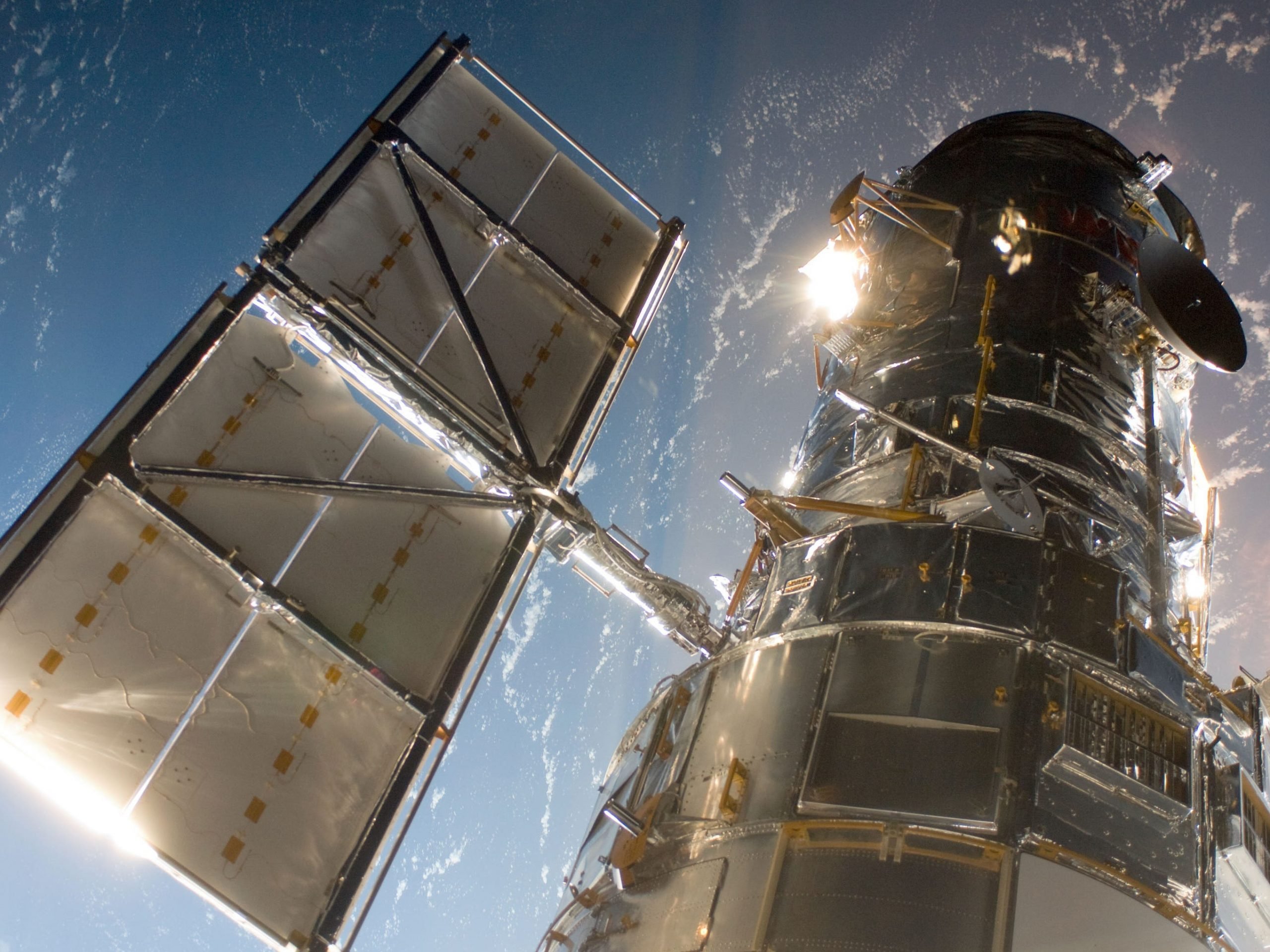
NASA
- NASA has been troubleshooting a computer error on the Hubble Space Telescope for 12 days.
- After three failed attempts to fix Hubble, NASA determined the computer had a processing issue.
- But the backup computer just glitched, too, hinting that the issue lies somewhere else.
- See more stories on Insider's business page.
NASA has been trying to figure out what's wrong with the Hubble Space Telescope for nearly two weeks, but the mystery just deepened.
Hubble, which launched into orbit in 1990, is the world's most powerful space telescope. It has captured images of the births and deaths of stars, discovered new moons around Pluto, and tracked two interstellar objects as they zipped through our solar system. Hubble's observations have allowed astronomers to calculate the age and expansion of the universe and to peer at galaxies formed shortly after the Big Bang.
But the Earth-orbiting observatory hasn't done any scientific work for 12 days. The telescope's payload computer – a 1980s machine that controls and monitors all the spacecraft's science instruments – suddenly stopped working on June 13.
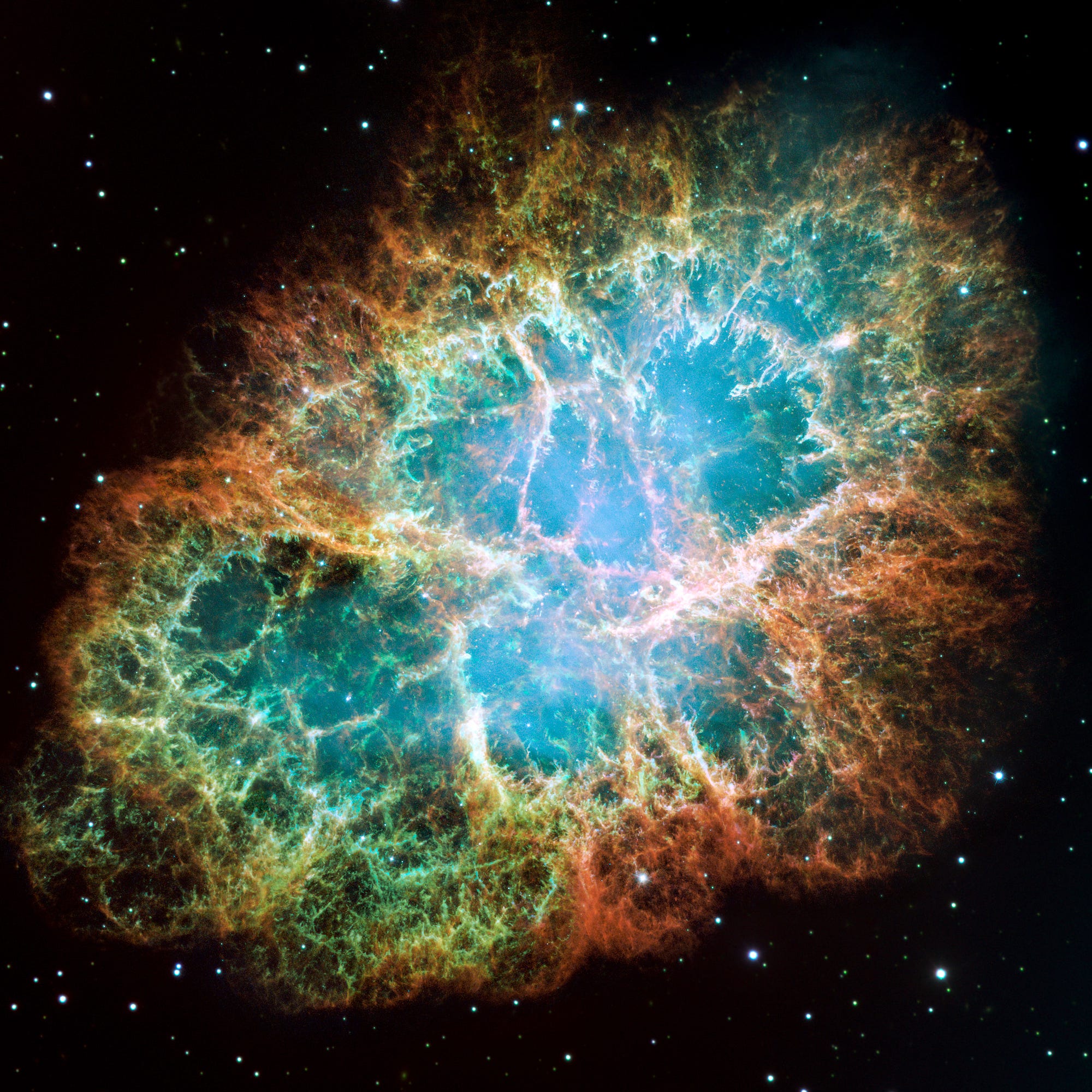
NASA, ESA, J. Hester and A. Loll (Arizona State University)
NASA's Hubble team has been troubleshooting ever since. But the team figured that even if they couldn't fix the computer, they could always switch to Hubble's backup payload computer.
This week, though, NASA discovered that the backup computer was glitching, too. So now it's hunting for a new explanation for Hubble's mysterious problems.
Hubble has taken NASA down a rabbit hole of glitches
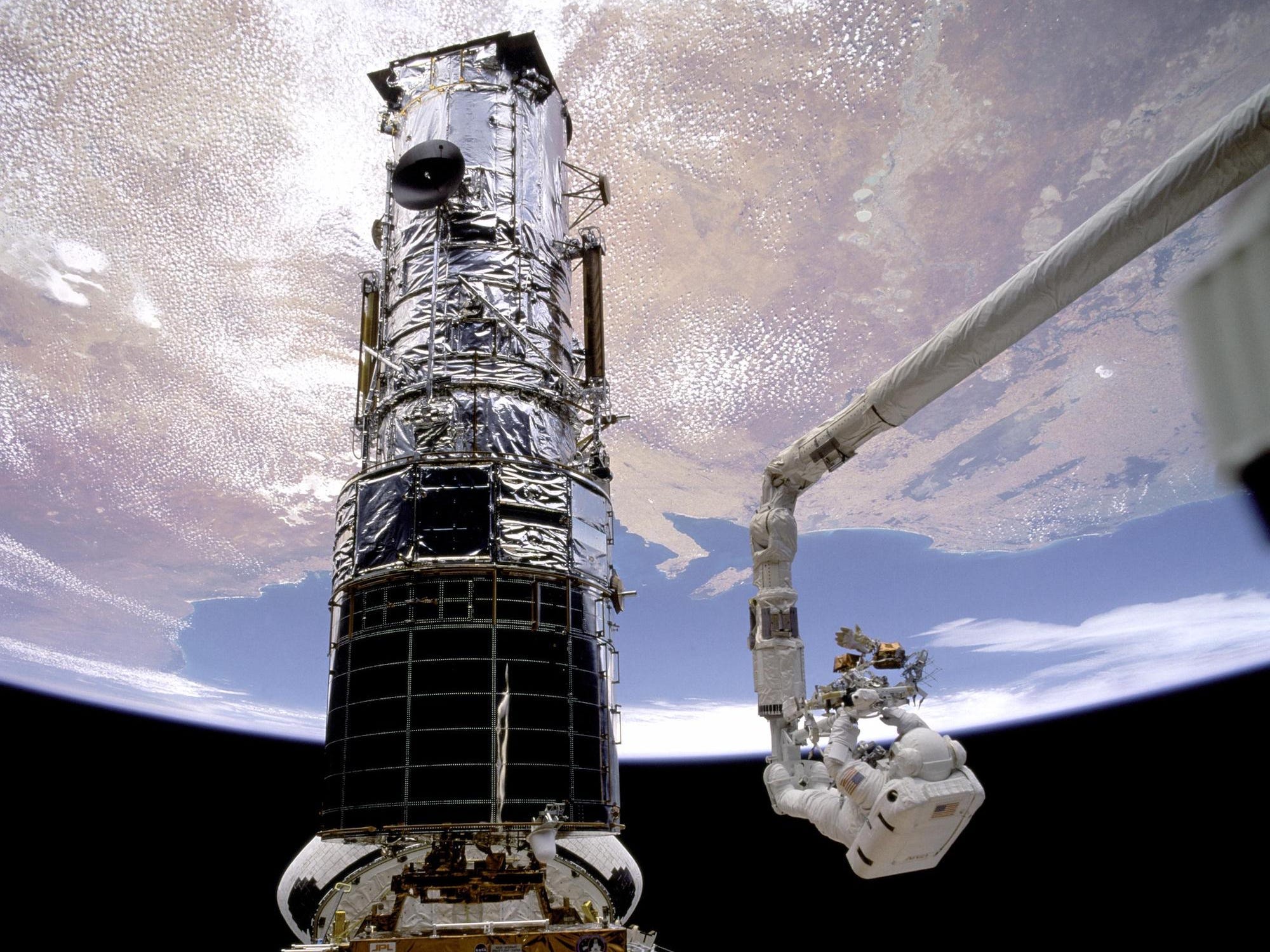
NASA
NASA first tried - unsuccessfully - to restart the payload computer. Then the team turned its attention to memory module that has been degrading, since it was registering errors. The Hubble team thought that could be the root of the problem, but no luck there, either. Both the memory module and one of its three backups wouldn't work. That indicated the source of the issue was further upstream.
The team began running diagnostic tests on other parts of the payload computer this week. They also decided to power up the backup payload computer - which hasn't been turned on since astronauts installed it on the telescope in 2009. But the new computer showed the same errors, in the same hardware, as the original.
That indicates that the payload computer may not be the problem after all. It's probably another system, still further upstream.
"Since it is highly unlikely that all individual hardware elements have a problem, the team is now looking at other hardware as the possible culprit," NASA said in a blog update on Friday.
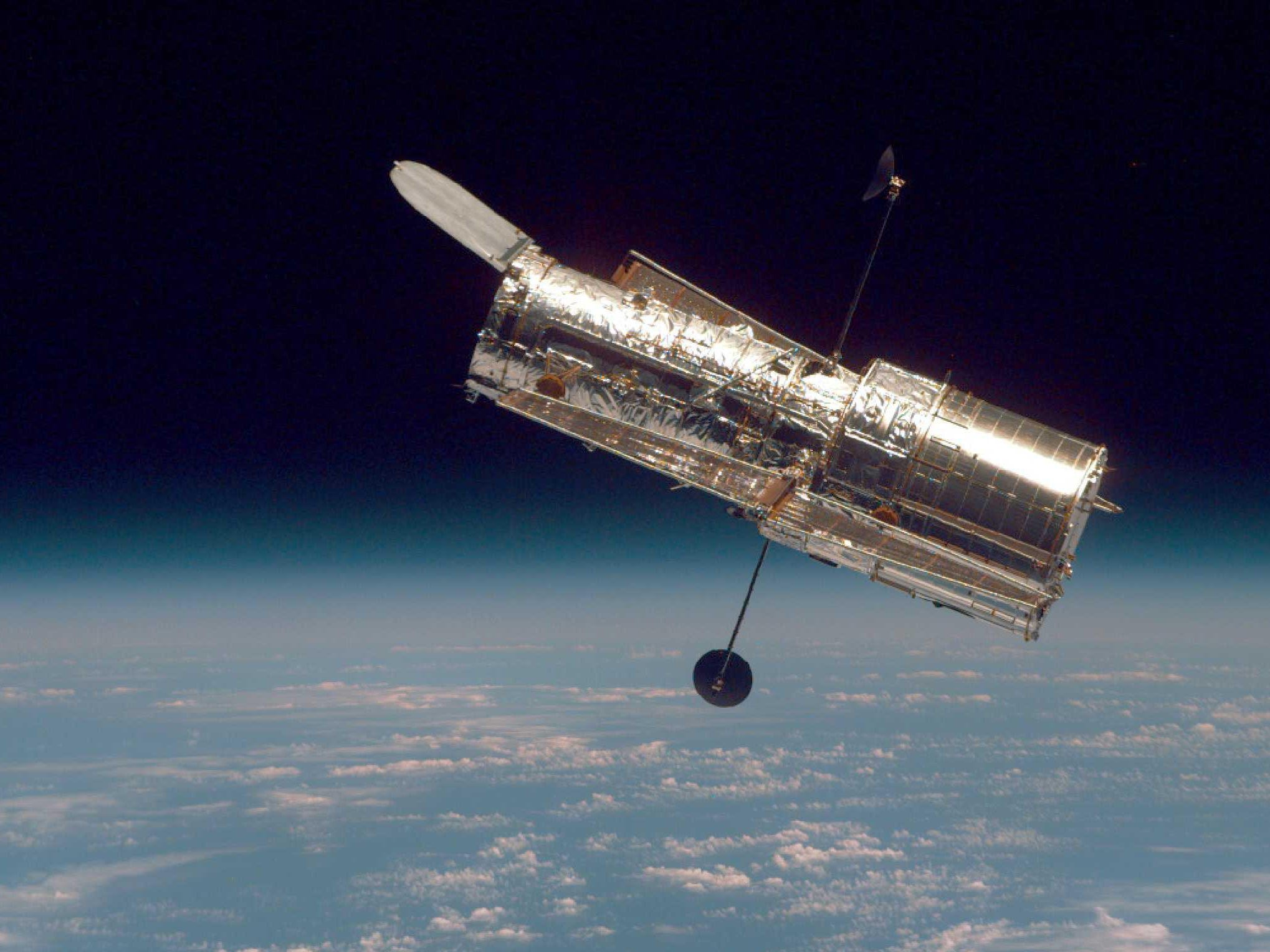
NASA
The Hubble team now thinks the culprit could be a module that helps send commands to the telescope's science instruments and prepare data from those instruments to beam back to Earth. That module is called the Command Unit/Science Data Formatter (CU/SDF).
The problem could also stem from a glitchy power regulator, NASA said. If the regulator is sending the wrong voltages to Hubble's hardware, that could explain the widespread issues.
NASA plans to continue assessing other parts of the telescope over the next week, the agency's update said. If it looks like the CU/SDF or the power regulator are the cause of the problem, the team plans to switch to their respective backup parts. (Hubble has a lot of backups, since NASA no longer has spaceships that can carry astronauts to it to replace defective parts.)
Even though Hubble is 31 years old, it's been doing more scientific work than ever in the last few years. NASA hopes to keep the telescope going well into the 2020s.
"Hubble is one of NASA's most important astrophysics missions. It's been operating for over 31 years, and NASA is hopeful it will last for many more years," a NASA spokesperson told Insider earlier this week. "From a perspective of the value of Hubble to the scientific community, it is still the most powerful telescope available, so age is not a decision-making factor."

